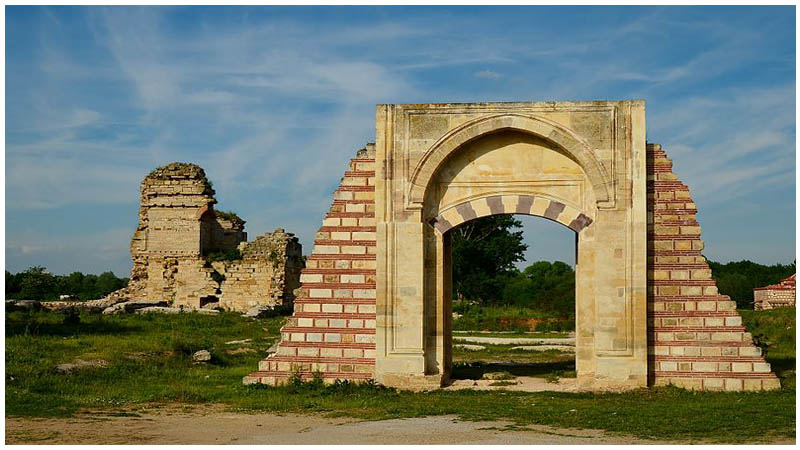Of all the riches in the city of Adrianople – now known as Edirne – in Turkey, there are none more recognized or celebrated than its ancient ruins, among which is Edirne Palace.
Erected in an area of hunting grounds north of Adrianople, the palace was used by many Ottoman Sultans, including Suleiman the Magnificent and Ahmed III, and has a story that stretches across many centuries.
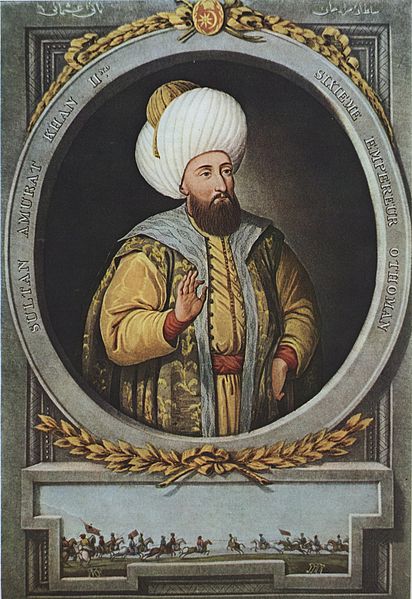
In 1450, construction of the palace began, marking the start of its tale. Sultan Murad II had the initial idea of erecting a palace on the site. He reigned over the Ottoman Empire for a total of 28 years.
When Murad II died, construction came to a halt. Succeeding him on the throne was Mehmed the Conqueror, a perpetually perplexing Sultan who managed to conquer Constantinople when he was barely 21 years old, and brought the herculean Byzantine Empire to its knees.
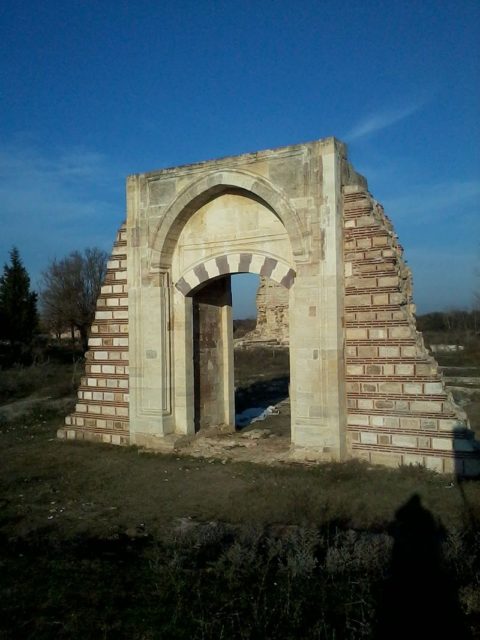
Without much hesitation, Mehmed finished what Murad had started. The palace then underwent a series of modifications and extensions to both its interior and exterior.
In 1520, Suleiman the Magnificent began his reign as the 10th Ottoman Sultan. Suleiman was very active in his role. During his rule, the Ottoman Fleet ruled the waters of the Mediterranean and the Red Sea, and he even managed to push his forces all the way to the Persian Gulf.
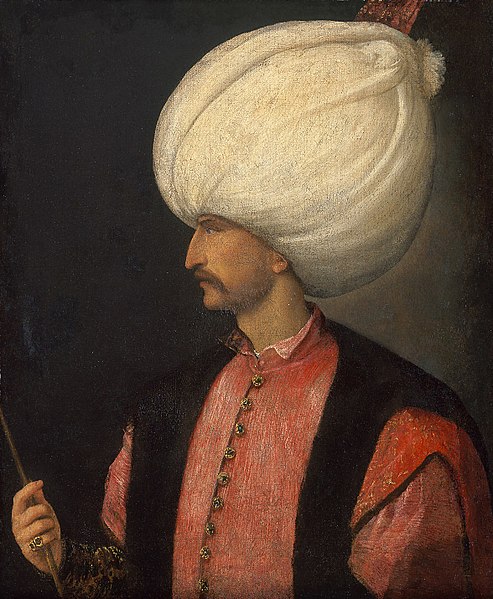
Suleiman was the first Sultan to marry a harem-girl and, during his reign, the Ottoman State consisted of around 25 million people. Suleiman erected a number of other structures around the palace and made sure that it was carefully maintained and constantly manned.
A century later, Ahmed I came to the throne as the 14th Ottoman Sultan, followed by Mehmed IV in 1648. Towards the end of the 17th century, Ahmed II became the 21st Ottoman Sultan and he too left his mark upon the palace by further extending it.
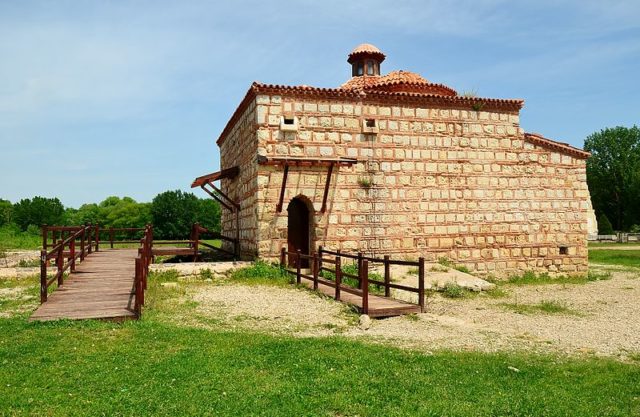
The last Sultan to use Edirne Palace was Ahmed III, who had 21 daughters and 15 sons. He came to the throne on August 22, 1703. In 1718, the palace was abandoned when Ahmed III decided to transfer his throne to Istanbul. It remained neglected until Mustafa III returned to it in 1768.
Time took its toll and the palace was soon in a desperate state, with much work needed to return it to its former beauty. Some work was carried out but it was all in vain, for an earthquake caused major destruction to the palace in 1752. In 1776, it caught fire and suffered further damage.
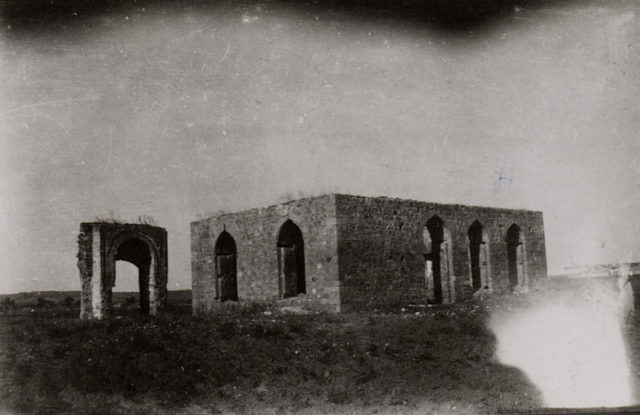
Mahmud II began to restore the dilapidated palace in 1825. However, his efforts were once more in vain as the Russian Army captured Edirne, and converted the palace into a military camp in 1829.
Another overhaul followed in 1868, which lasted until 1873. Once again, the efforts were soon destroyed. The palace received its final blow when an ammunition storage depot that stood nearby was blown up during the Russo-Turkish War that lasted from 1877-1878.
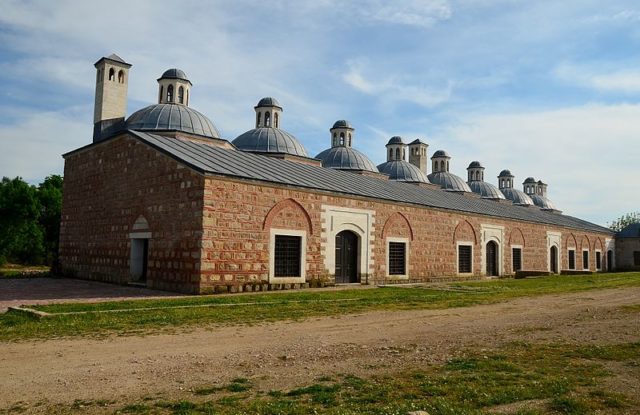
The palace was scrapped and plundered until only ruins remained. Recently, archaeologist Mustafa Özer managed to obtain photographs of the palace complex, which had been taken whilst it was still standing in its entirety.
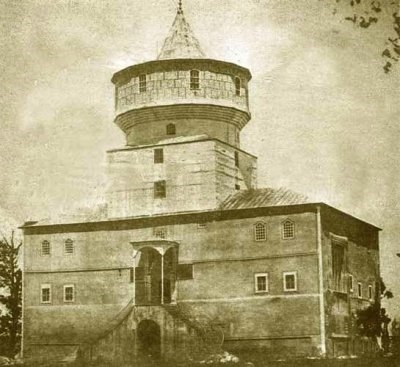
It is thought that the photos were taken by Dmitri Ivanovich Yermakov during his reconnaissance mission in Turkey during the 1870s. Mustafa Özer believes there are more photos in existence; the acquisition of such photographs would drastically help with the restoration of the complex.
